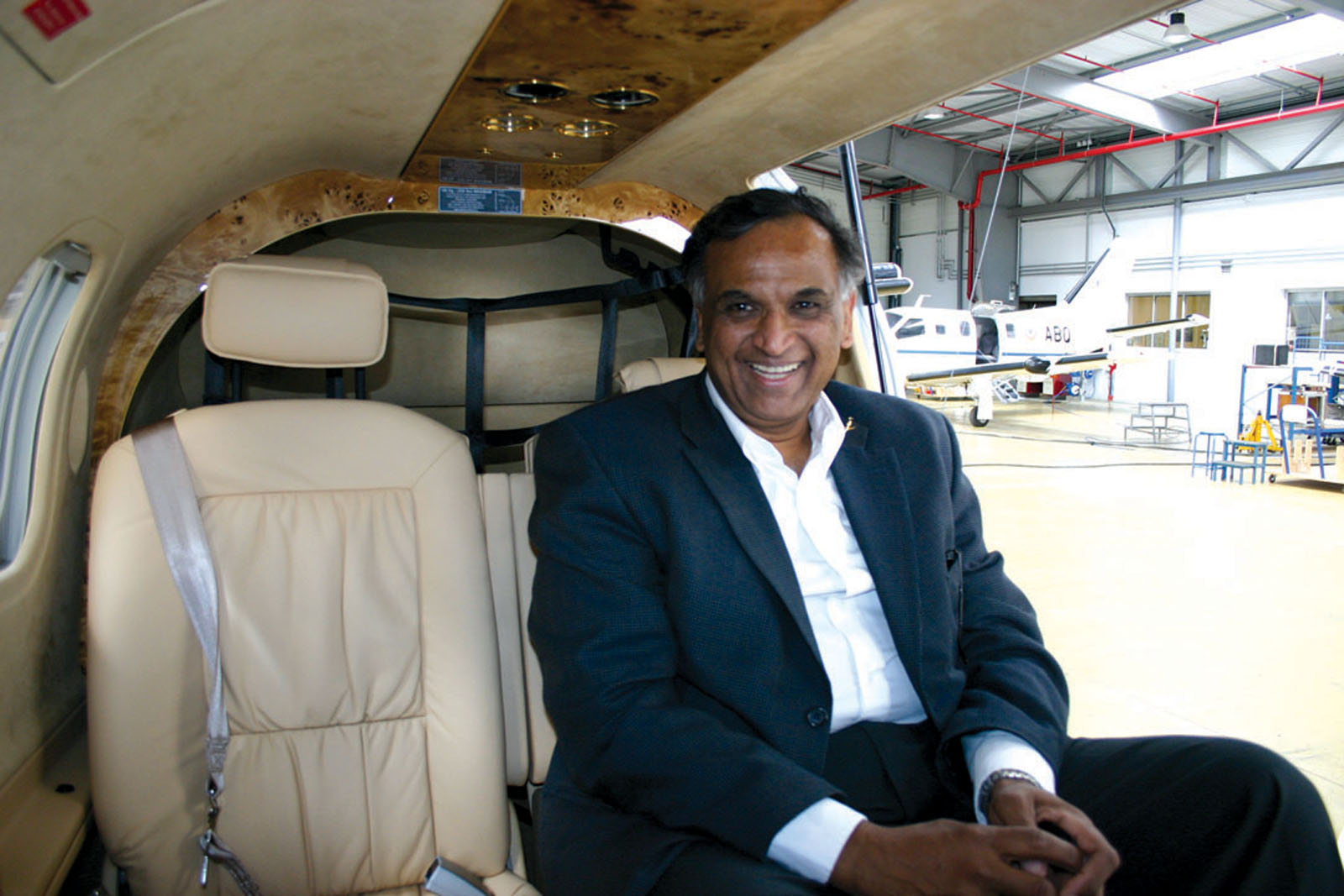By S. Clayton Moore
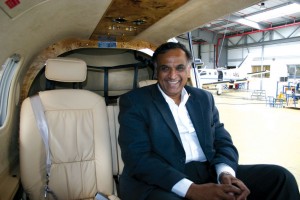
Ram Pattisapu, the owner of IndUS Aviation, is firmly committed to improving the general aviation world in the United States (his adopted homeland) and his birthplace of India.
How do you break into the emerging aviation market in Asia? Build your own fleet of airplanes, of course. That’s the ambitious plan being executed by Dallas-based IndUS Aviation, which intends to make waves in both India and the United States with its remarkably retro production aircraft, the T-211 Thorpedo.
This graceful aircraft, now being produced at Dallas Executive Airport (RBD), was the brainchild of legendary aeronautical engineer John Willard Thorp (1912-1992). Thorp, who spent most of his life designing aircraft and teaching at Boeing, was an imaginative yet conservative designer whose purpose in life was to create fun, utilitarian aircraft. His most famous design, outside of his work on the Piper Cherokee and the T-18 homebuilt, may be the T-211, now reborn as the Thorpedo from IndUS Aviation. It’s a variation on an aircraft Thorp first designed in 1946 called the “Sky Skooter.”
Today, IndUS Aviation has resurrected Thorp’s vision with a number of variations on the Sky Skooter, juicing up the T-211 with a robust Jabiru 3300 120-horsepower, six-cylinder engine and full dual stick controls. It even has a sliding canopy that harkens back to the days when adventurous young aviators flew the skies over America, following the highways and railways for navigation.
The company was founded when Indian-born American surgeon Dr. Ram Pattisapu began closely following the new light sport rules, which have significantly eased FAA regulations for producing aircraft, as well as the arcane rules for learning to fly these particular types of planes. He’s been working as a laparoscopic surgeon since the 1960s but became smitten with aviation, which led him to becoming a 1,000-hour private pilot with instrument and multi-engine ratings.
“He’s just an awesome visionary,” Scott Severen, director of sales and marketing for the fledgling aircraft company, said of his boss. “He understands how general aviation works and knows the value and utility of aircraft, as he’s used them here in the United States. He sees how it helps in terms of commerce and believes there’s no reason it can’t help growing economies like those of India and China.”
In fact, Dr. Pattisapu’s vision stretches far beyond building airplanes in a hangar outside of Dallas. He imagines a day in which IndUS Aviation is not only manufacturing Thorpedos for both American and international customers, but also supercharging the Asian aviation industry with flight schools and other aviation enterprises.
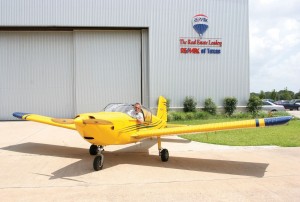
Richard Filip, CEO of RE/MAX Texas, says that he’ll wear out before his beloved Thorpedo T-211 does.
“He had his eye out for an aircraft that would fit the light sport market, because he sees it as a great way for students to learn to fly in the United States, and it lowers the threshold for pilot training in other parts of the world where general aviation isn’t as strong as it could be,” Severen recalled. “There are 12 airlines opening up in India in 2007, and those airlines need pilots. Right now, they’re robbing pilots from all around the world. Our thought is to create the pilots and have them trained in the Thorpedos for their primary flight training. He’s tackling this opportunity from all sides by providing the aircraft, the flight schools and the aviation infrastructure.”
A few years ago, the perfect set of circumstances came together for Dr. Pattisapu’s plan. First, the FAA passed the light sport rule, allowing manufacturers like IndUS Aviation and the American Legend Aircraft Company to resurrect classic designs and build them to suit the flight category. Secondly, the Thorp T-211 rose to the surface after many years of obscurity.
Light Venture Aircraft, a small builder that was making the T-211 available in kit form, approached Pattisapu. For a fair price, Pattisapu was able to acquire the type certificate for the T-211 and all the original tooling and jigs built by John Thorp in 1946 that were needed to manufacture the aircraft, and even purchased enough parts for 25 aircraft.

The Thorpedo’s unique external ribbed skins are part of John Thorp’s original design, adding strength and reducing the weight of the T-211.
Soon after IndUS Aviation was born, he was able to recruit Scott Severen, a veteran ultralight flight instructor who once ran one of the busiest ultralight training schools in the country. Coming into the T-211 is a full circle for the enthusiastic Severen, who first got his pilot training in a Cherokee Piper designed by John Thorp.
Together, they and IndUS Aviation’s 15 U.S. employees and a handful of overseas employees will produce 50 of the sharp little airplanes in a hybrid process that taps into Pattisapu’s international vision. Overseas, IndUS has partnered with Taneja Aerospace & Aviation Limited to integrate a small production facility into TAAL’s 100,000-square-foot facility near Bangalore, India. Some of the aircraft’s primary components such as the fuselage and control surfaces are manufactured there and then shipped to Dallas for final assembly and flight testing.
“We procure raw materials here and then send them over to India to be processed with our tooling and jigs,” Severen explained. “They’re sending our processed parts back here. The model we’re moving toward is for them to build more and more of the subassembly so we can just do the final assembly and let it rip.”

IndUS Aviation is able to outfit their retro aircraft with modern accessories like this Garmin 530 avionics suite.
While IndUS will continue to work with TAAL, Pattisapu is also scouting in Bangalore for a facility in which IndUS Aviation’s Indian operations will function independently. The company has also opened up a storefront in downtown Bangalore, complete with a fully functional Thorpedo, to sell aircraft and pilot supplies as well as flight lessons using simulators and classroom training.
Meanwhile, back in Dallas, the company occupies two 11,000-square-foot hangars at Dallas Executive Airport, formerly Redbird Airport. It’s an airfield that everyone at IndUS Aviation prizes among the company’s greatest assets.
“Being at Dallas Executive makes the manufacturing and test flying very easy,” Severen said. “One of the great things about being here is that it’s a very underutilized airport. With its multiple runways and long lengths, it’s perfect for what we’re doing.”
Most of all, IndUS Aviation is honoring John Thorp’s original idea for a fun and fabulous airplane. The Thorpedo is the first U.S. manufactured airplane to earn the special airworthiness certificate under the light-sport aircraft ruling. IndUS is manufacturing a couple of variations on its aircraft. They include the Sky Skooter, a variation on Thorp’s original T-11 certified in 1946 and featuring an 85-hp Jabiru engine, as well as FAA-certified and light sport versions of the T-211 Thorpedo, which was recertified by the FAA in 1990.
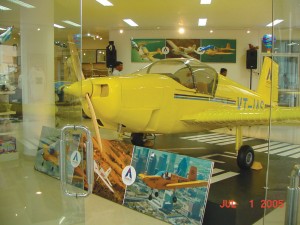
In the busy streets of downtown Bangalore, Indian aviation enthusiasts are able to check out a fully functional Thorpedo in IndUS Aviation’s pilot store and flight school.
The company has been able to take advantage of the new light sport rules, which are supervised by a committee of the American Society for Testing and Materials. By sitting on the committee and helping create the rules, IndUS Aviation is able to be more efficient than it might have been under the stricter FAA guidelines.
“The nice thing about the ASTM process is that it’s not cast in concrete like Part 23, where it takes years and an act of Congress to change the rules,” Severen said. “It’s to the benefit of the consumer, because products can now be changed and improved instead of being locked into a design.”
In late July, the Light Aircraft Manufacturers Association announced that IndUS Aviation had successfully completed the first light-sport aircraft standards external compliance audit. Although ASTM standards require a yearly internal compliance audit, the external audit is voluntary. The company utilized LAMA’s audit program services to verify that their aircraft meet ASTM standards for design, performance, testing and quality assurance.
“The FAA has given the industry a prerogative to self-regulate instead of direct FAA oversight, allowing great freedoms that we must protect,” said LAMA President Tom Gunnarson. “By conducting an external audit, IndUS Aviation demonstrates its commitment to comply with ASTM standards specifically developed for the FAA light-sport rule.”
As far as flying, Severen, and many others say the Thorpedo handles like a dream.
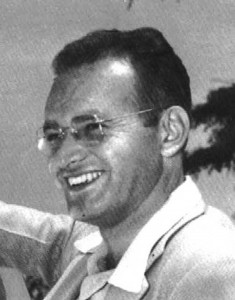
John Thorp, the creator of the original T-11, was a visionary aircraft designer who worked on the Boeing 247 and the P2V Neptune naval bomber.
“It’s very similar to the Ercoupe in its handling qualities,” he said. “The airplane doesn’t stall or spin and it’s very forgiving. At the same time, it’s very nimble. It has very light, well-harmonized and balanced controls. While it’s not aerobatic, it is pretty frisky. It’s easy to get up there and play around with it.”
By the same token, the all-metal frame, the Jabiru engine and John Thorp’s unique ribbed wing design all contribute to the aircraft’s solid flight characteristics. It can take off in 400 feet, and with Tri-Oleo landing gear, it’s a solid choice even for turf runways. A comfortable side-by-side interior also makes the Thorpedo a reasonable choice even for cross-country flights.
“This follows John Thorp’s philosophy of building simple and straightforward aircraft,” Severen said. “Even with six cylinders it’s completely smooth. You could set a cup on water on that wing and not shake it. You can also leave your feet on the floor for hours when you’re flying cross-country. It’s very stable and wants to go in one direction.”
Like the Legend Cub, the Thorpedo is also attracting a range of buyers from first-time owners to retired flyers looking to recapture their early joys of flight. At IndUS Aviation, the team that resurrected the T-211 is balancing their devotion to Thorp’s vision with modern amenities such as speed modification and new Garmin 530 avionics.

Outside IndUS Aviation’s manufacturing hangar at Dallas Executive Airport (RBD), a robust lineup of T-211s wait for customer delivery.
“We’re not the fastest airplane in the pack, but we’re trying to preserve the T-211’s graceful lines that are so indicative of the mid-1940s,” Severen said. “One thing that really attracts people is the Thorpedo’s graceful looks. We’re very happy in that niche, but I think we may be able to pick up a little speed. While the flight schools don’t require it, the reality of the retail market in America is that people always want to go faster and climb better.”
Severen also admits that it’s sometimes difficult to resist the urge to evolve the design even further. While IndUS did extend the wing area of the light sport version to meet FAA technical regulations, for the most part, the aircraft remains true to Thorp’s 1946 design.
“We’ve been very diligent in honoring John Thorp’s original design but as men, that’s hard to do,” Severen laughed. “We want to change things; it’s genetic. It’s been a real discipline not to mess with it but John Thorp hit the nail on the head with his design for a no-frills airplane and we are sticking to it.”
You’ll hear no complaints from IndUS Aviation’s customers, who are the first to spread the gospel of John Thorp’s vision. Richard Filip, the CEO and regional owner of RE/MAX of Texas, uses his Thorpedo to commute between his ranch in Fayetteville, Texas, and his hangar at West Houston Airport (IWS). Using his airplane for pleasure, you’ll often find the successful businessman taxiing into airports around Texas, canopy down, Jimmy Buffett playing from his Ipod.
“This plane will outlast me,” Filip testified. “I liked its design, especially the fact that it uses a real engine instead of a hang glider engine, like some light-sport aircraft. This aircraft had history and offered a lot of credibility in its design. I’ve been very satisfied with the service and help that IndUS Aviation has provided.”
The aircraft starts at $79,900 for the Sky Skooter and $84,900 for the Thorpedo. Both include basic flight and engine instruments, a transponder, emergency locator transmitter and strobe lights. For additional fees, the company can also outfit each aircraft with a range of avionics and radio packages from Garmin and other manufacturers.
“It’s a straightforward aircraft, and by its very nature, the operating costs are simple as well,” Severen said. “We sell a fun, stable, rugged airplane.”
Another unusual feature is the aircraft’s sliding canopy, an amenity on airplanes that hasn’t traditionally been seen since the golden years of American aviation. By sliding it back and flying the smooth-moving airplane on a warm summer’s day, you can almost imagine it’s 1946 again.
Flying the aircraft is a favorite pastime for Thorpedo pilot Jack Allmon, a Dallas printer who keeps a small landing strip affectionately billed as the “Rocking A Airport” in Whitney, Texas. He praised the Thorpedo, which he now uses as his primary aircraft, after nearly 30 years of flying everything from Stearmans to King Airs.
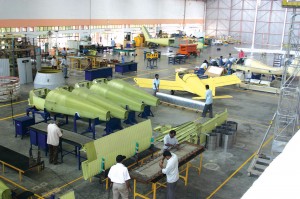
An international team of employees assembles airframes for the T-211 Thorpedo at the Bangalore headquarters of Taneja Aerospace & Aviation Limited.
“Number one, it’s a proven aircraft design by John Thorp,” Allmon said. “Number two, it flies like a real airplane and not a light airplane. It is, but it doesn’t fly like one. It’s relatively fast, and the Jabiru engine is very efficient where fuel consumption is concerned. It’s just a good, true airplane.”
Production this year will peak at about 50 airplanes, but IndUS Aviation says that number may triple within just a few years.
“We have the production capabilities to knock out 75 and we could force the range up over 100, but we’re being conservative about business in the beginning,” Severen said. “We have the capacity, but we’re trying to be realistic. Hopefully, we’ll get our doors blown off with orders, but for now, we’re being smart.”
For more information about IndUS Aviation, visit [http://www.indusav.com].











